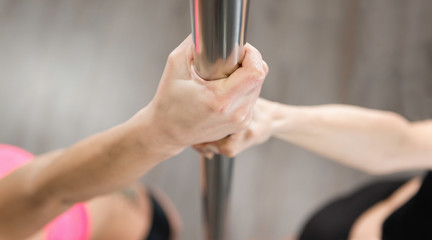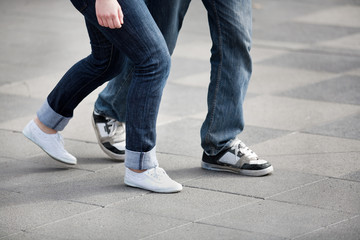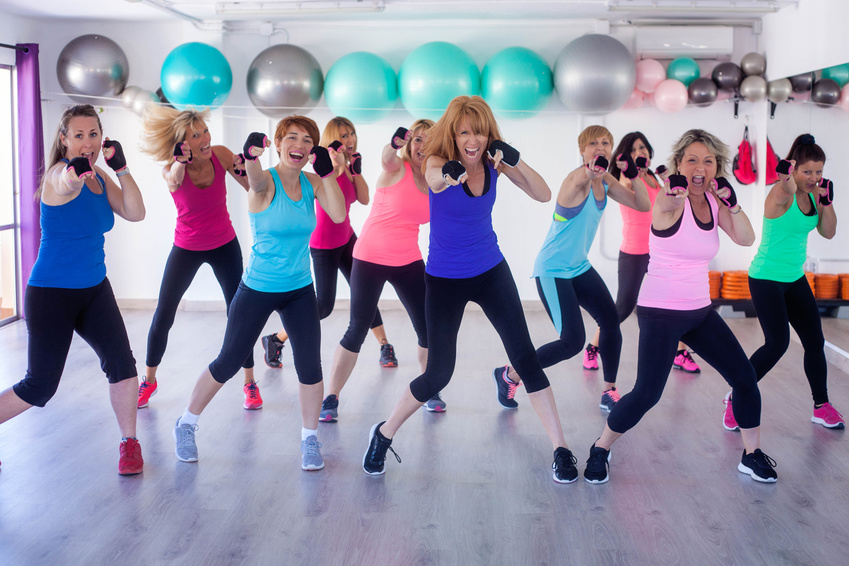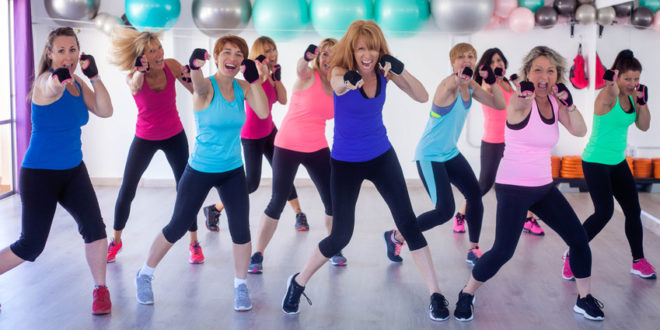One of the best ways to keep up with exercise is to find a physical activity that is so fun and so magnetic, you don’t even realize you’re exercising! When it comes to physical fitness, few activities offer that sort of engagement quite like dancing. Low-impact, moderate-intensity, great for people of all ages – dancing is a must for baby boomers health and wellness.
Types of Dancing
You might be surprised the variety of styles that are great for your health. While pole dancing certainly might not seem like the right fit for everyone, this and other styles offer unique experiences and health benefits:
 Pole Fitness – In recent years pole dancing has increased in popularity moving out of clubs and into gyms as a new fitness trend. High-intensity dancing combines dance with strength training and flexibility, giving you a full body workout. The workouts also allow you to feel sexy, which is a boom to relationships as we get older
Pole Fitness – In recent years pole dancing has increased in popularity moving out of clubs and into gyms as a new fitness trend. High-intensity dancing combines dance with strength training and flexibility, giving you a full body workout. The workouts also allow you to feel sexy, which is a boom to relationships as we get older
Ballroom Dancing – Can something as elegant as ballroom dancing really be exercise? Absolutely. Dancing the waltz, tango, cha cha, or salsa involves agility, coordination, and cohesive partner work.
Tap Dancing – Think tap dancing is for kids? Think again! Tap dancing interweaves complicated footwork with dance moves and group synchronicity to music, perfect for those who want to strengthen balance and coordination skills.
Square Dancing – This call and response style of dancing is great for large groups and involves partner and group movements, which dancers following the steps called out by a leader. Scottish dancing incorporates similar elements and is very popular with older adults as well.
 Swing Dancing – Stemming from 1920s jazz music culture, swing dancing embraces a mix of fast-paced partner dancing involving turns, twists, and footwork. You might know swing dancing more by names like the Lindy Hop or Jitterbug.
Swing Dancing – Stemming from 1920s jazz music culture, swing dancing embraces a mix of fast-paced partner dancing involving turns, twists, and footwork. You might know swing dancing more by names like the Lindy Hop or Jitterbug.
Fitness Dancing – when it comes to fitness dancing, think Zumba or Jazzercise. These popular rhythm pounding dance styles are a mix of movement and exercise and are often offered as classes at gyms, boutique studios, and so forth.
Health Benefits of Dancing
It might seem like the health benefits of dancing are rather straight forward – helps you burn calories, manage a healthy weight, and exercise your heart, right? Absolutely, but dancing offers so much more you might not have thought of:

Boosts Brain Health
One of the exceptional aspects of dancing is how it involves so many senses at once, from touch, to hearing and seeing. Scientifically speaking, dancing lights up the motor cortex, basal ganglia, cerebellum and somatosensory cortex. Stimulating neuroprotective activity, dancing was shown in one study from the New England Journal of Medicine to lower risk of developing dementia later in life. Listening to music and recognising pitch and patterns, like you do with dancing, has also been shown to help adults recognise speech patterns better to improve their hearing.
Offers Social Interaction
Too often adults will find themselves socially isolated or less and less motivated to get out of the house and interact with others. The truth is, however, that social interaction is key to longevity and wellbeing. Not only does engaging with friends generate positive feelings, fight stress, and improve moods, but conversation and activity with others, like dancing, helps the brain build up a reserve of neural pathways which can help stave of Alzheimer’s and dementia.
Combats Common Pains
Chronic back ache keeping you up at night? Arthritis pain preventing you from getting out more? Dancing serves as one of those prime low-impact exercises that can aid common muscle and joint pains associated with strain and inflammation. Physical movement from gentle swaying to turning, bending, raising legs and arms up and down, and more helps to increase blood circulation, loosen stiff joints, and relieve tense back muscles. Optimise your dance routine with orthotic aids like the best knee sleeve for arthritis to add even more support to weaker joints.
Boosts Self-Confidence
Has your self-esteem taken a blow from a chronic health diagnosis or loss of ability to drive? Common confidence pitfalls like these can foster stressful feelings of frustration, anxiety, and potentially depression. Dancing not only lifts spirits, but boosts feelings of confidence, helping you feel more coordinated, agile, physically fit, and healthy. The educative part of dancing, as in learning new steps and routines, also offers a sense of purpose with each new class or session, great for anyone looking to try something new in life!
Dancing has been shown to develop balance and coordination skills, as well as enhance agility, flexibility, and even strength. Not sure how to get started dancing? Check with a local gym, centre, or live stream free instructional dance videos on YouTube.










Join the Discussion
Type out your comment here:
You must be logged in to post a comment.